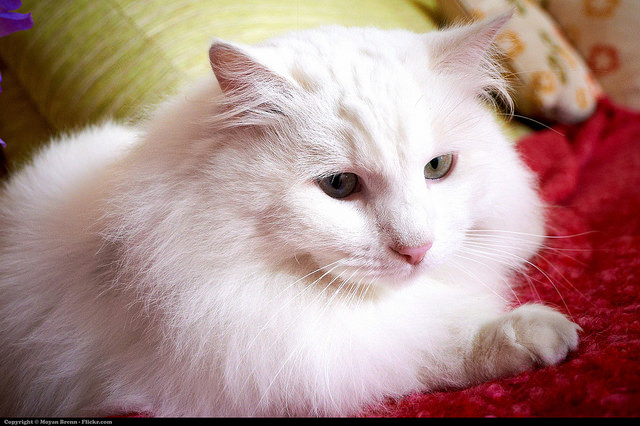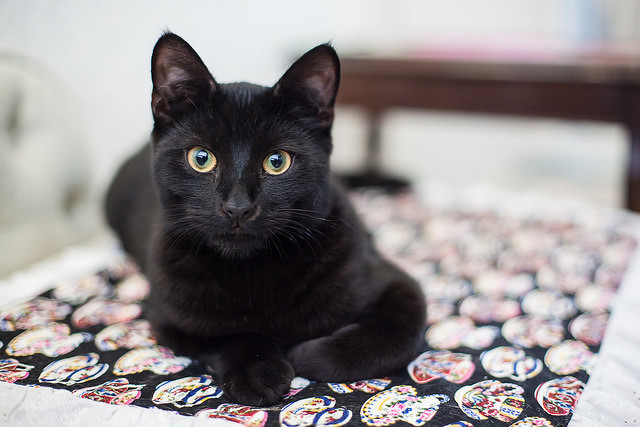The fact that domesticated cats are still mostly wild makes them complicated creatures. Many of our cats live in the comfort of our homes– complete with cozy beds, fresh food and water, and cuddles on demand– without ever setting paw outside. Still, they hold onto wildcat instincts that have been passed down through many generations of cats (many of whom were also house cats). It’s one of these wildcat instincts that may keep your cat’s injury or illness nearly undetectable.

Image Source: Moyan Brenn via Flickr.com
Countless loving cat parents have taken their cats to the veterinarian for things they initially have felt silly about. Maybe the cat’s meow sounds a bit higher pitched or she “just doesn’t seem like herself” for reasons that can’t quite be pinpointed. Sometimes the exam and tests performed during these hunch visits show major illnesses such as the onset of diabetes or kidney disease, and we are left to wonder why our cats weren’t more vocal about their pain.
In the wild, a cat is both predator and prey. If she shows that she is injured or in pain she immediately becomes a target. In her mind, showing weakness means getting eaten for lunch. The only way for a sick wildcat to stay safe is to hide and keep quiet– which is why your ill house cat may take to napping under the bed in a low-traffic area of your home rather than in her usual perch in the living room.

Image Source: Martie Swart via Flickr.com
It can also help to remember that cats aren’t innately social creatures like we are. Beyond mating and raising litters, wildcats are largely solitary. That means that when they become ill they don’t have a community of other cats to take care of them and nurse them back to health. Being vocal about their pain won’t bring help and protection– it’ll bring predators and death.

Image Source: Tom Godber via Flickr.com
The best way to care for your cat is to pay attention to your own instincts and to take subtle changes in her habits and behavior seriously. Remember: nobody knows your cat better than you do. Here are some classic red flags to look out for:
- Changes in activity level or sleeping habits
- Changes in eating habits
- Changes in social habits– both with humans and other household animals
- Changes in water intake
- Changes in litter box habits
- Unexplainable weight gain or loss
- Changes in grooming habits
- Vocal changes
In addition to keeping a close eye on any changing habits or behavior, staying up to date with your cat’s annual exams can go a long way in detecting problems that your cat is hiding.
